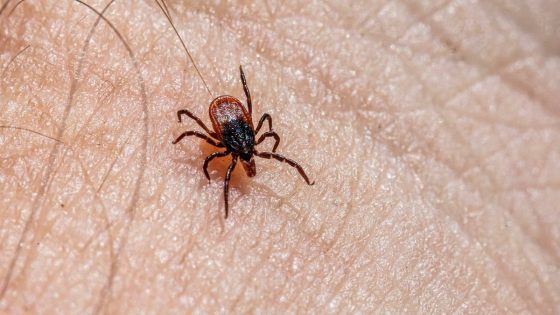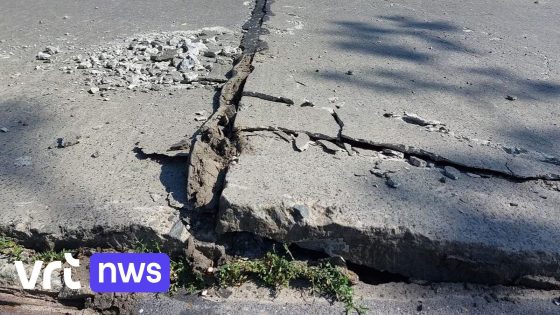Lyme disease remains a challenging health concern in Belgium, as many patients face long delays in diagnosis. On 2025-06-18 08:01:00, new insights emerged highlighting how symptoms often go unlinked by specialists, prolonging patient suffering. This delayed recognition can leave individuals confused and frustrated while their condition worsens.
- Patients endure long diagnosis delays for Lyme
- Specialists often miss symptom connections
- Average Lyme diagnosis takes 4.5 years
- One in five ticks carries Borrelia
- Only 2% of tick bites cause Lyme
- Tick population likely increased in Netherlands
One patient’s experience is telling: after months of heart palpitations and double vision, doctors focused only on isolated symptoms without connecting the dots. It took him over two years and visits to 36 different specialists to finally receive a Lyme diagnosis. Could the complex nature of Lyme symptoms be the reason behind such delays?
With tick populations rising, the risk of infection grows, making timely diagnosis more crucial than ever. So how common are infected ticks in Belgium, and what does that mean for those bitten?
Why is Lyme disease so difficult to diagnose early? The answer lies in its varied symptoms that span multiple medical fields, often leading to fragmented care. Consider these points:
- Patients typically consult several specialists, each focusing narrowly on specific symptoms.
- On average, diagnosis can take over four years and involve six different doctors.
- Approximately 20% of ticks in nearby regions carry Borrelia, but only 2% of bites lead to Lyme disease.
- Awareness campaigns and integrated healthcare approaches could shorten diagnosis times.
As tick activity peaks, Belgian health authorities and the public must prioritize education on Lyme disease symptoms and prevention. Early detection and coordinated care can prevent prolonged illness—so next time you spot a tick, ask yourself: could this be Lyme disease, and am I getting the right help?

































